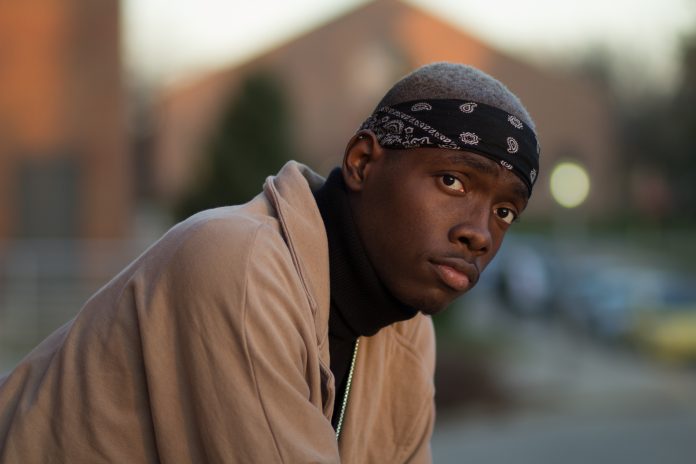
At 6:40 a.m., I marched through the metal detectors in my high school cafeteria. My legs grew anxious from waiting for my bookbag to clear the scanner while I was being wanded down in front of the entire student body. Every morning, I went through metal detectors and was screened by security and hoped to not hear an alarm screech if a fellow student marched through as I ate my microwaved breakfast. “There have been seventeen school shootings in 2018 alone, and 290 since 2013,” according to Time Magazine. Each morning as I gagged on the Play-Doh yellow scrambled eggs, my anxiety shot up as each black boy marched through the metal detector in the same nervous fashion. Not out of fear that someone would ever bring a weapon to school, but of how people would perceive a high school shooting with its population being majority black and all-male.
Students of Stoneman Douglas High School of Parkland, Florida experienced a school shooting on Feb. 14, where seventeen students and faculty were fatally shot. These students have rallied together to storm the Florida state house, demanding to see Governor Rick Scott, and pressured lawmakers, including Marco Rubio, during a CNN hosted town hall meeting. These students have gained the attention of the world for demanding gun reform. USA Today described the students as “survivor-turned activist.” The valiant efforts of these students should not go unnoticed, but I could not help but to compare how media platforms present their efforts versus Black Lives Matter demonstrations.
In the wake of National Football League (NFL) athletes kneeling and refusing to stand for the National Anthem, Black Lives Visions Collective Minneapolis, a chapter of Black Lives Matter, gathered on the day of the Super Bowl to block and even chain themselves along a light rail transit line to interrupt fans traveling to U.S. Bank Stadium. Seventeen demonstrators were arrested and the protest lasted for two hours. Later on during the Super Bowl, hundreds of demonstrators took a knee outside. Here are some of the comments in the online comment section from the Huffington Post article: “Meanwhile white lives matter protest in Philly was a success. Sorry I mean all lives matter,” “Stopping traffic serves no useful purpose. Rosa Parks didn’t stop the bus, she just took a seat on it,” and “Until they start protesting black people killing black people this doesn’t mean anything.”
Americans judge the validity of protests and demonstrations of any kind based on the color of the bodies performing it. The majority of the high school students that filled the Florida state house were white, while the majority of BLM protesters on Super Bowl day were black. The determining factor for attitudes on police brutality, civil rights, gun ownership, and almost every facet of American politicized issues is race. The white sympathy given toward these high school students is not extended to BLM protesters, and I have yet to hear a critique of the students’ demonstration tactics. This is reflected in American media coverage of protesters that are everything but black. No matter the demands being made, the strategies orchestrated, nor the number of people rallied to protest--the American racial hierarchy will continue to blind those with higher privileges than Blacks to the necessity of resistance in all of its forms.
Oh, you don’t believe me? Ask a Philadelphia Eagles fan who carried a broken pole down the streets of Philly. Better yet, ask the Philadelphia Eagles fan if he saw the color of his skin before he broke a Macy’s retail store’s windows. I am sure he would respond with a resounding “Fly Eagles Fly!” and take off running into the night with the American flag as his cape.

